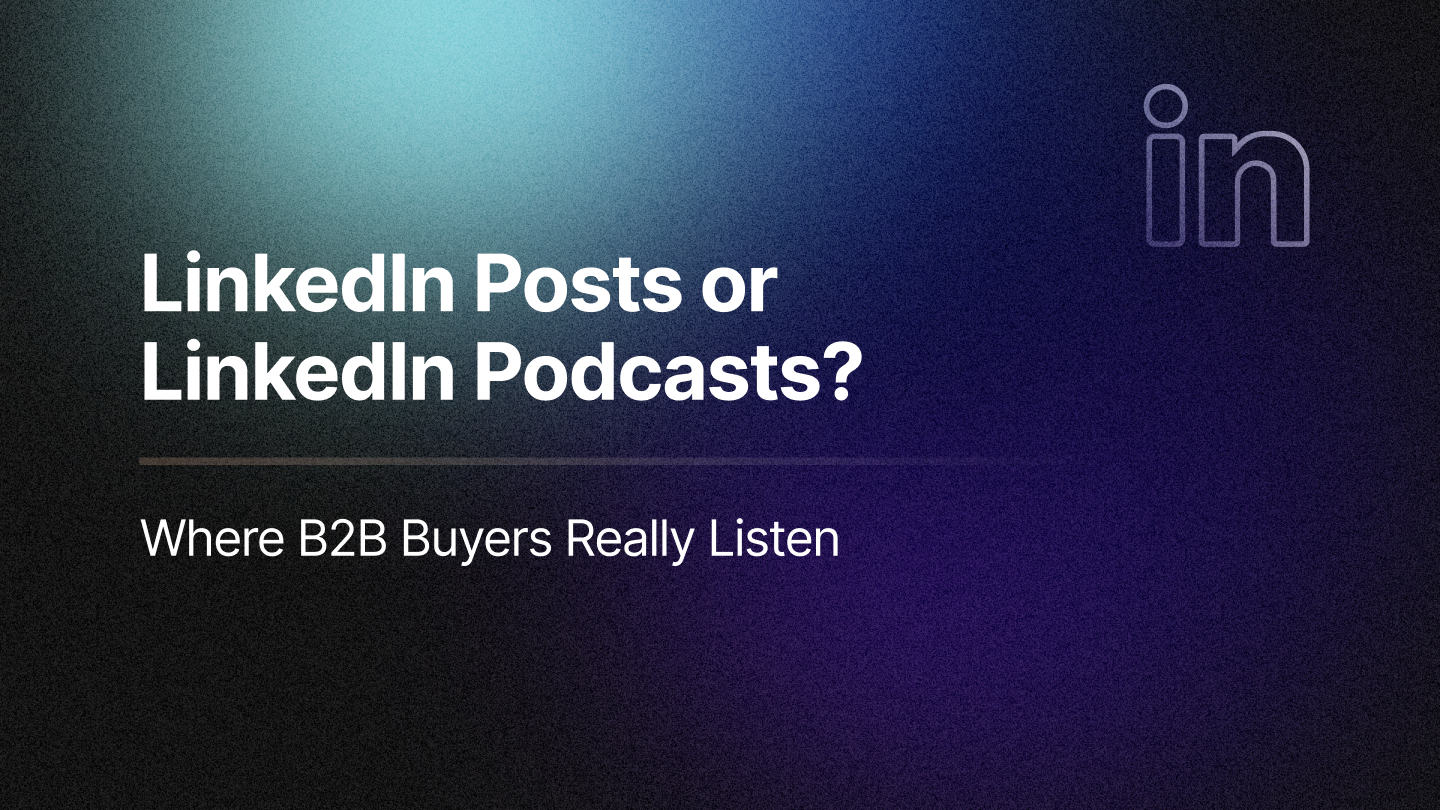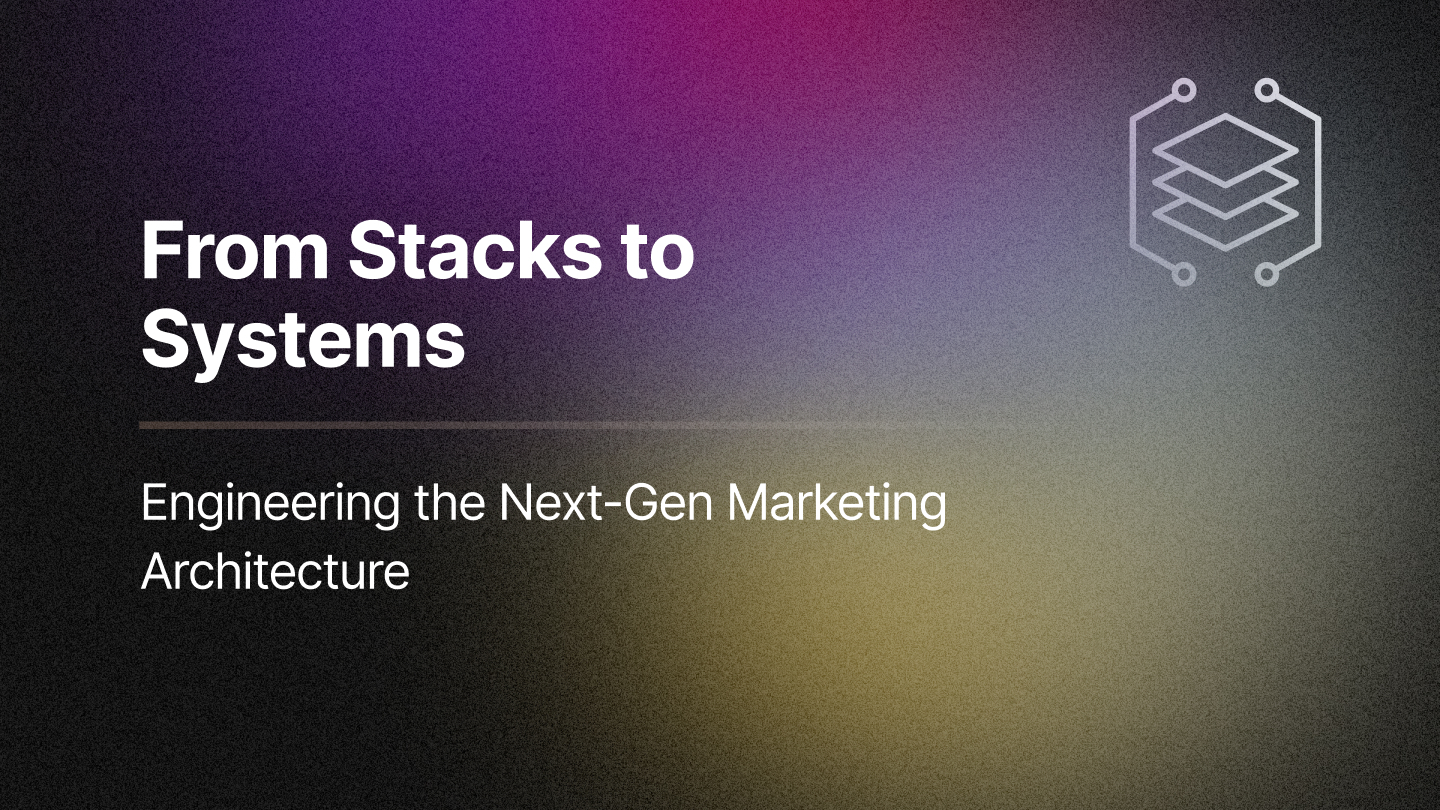In the fast-paced world of B2B software, 77% of buyers state that their latest purchase was very complex or difficult, according to Gartner. A typical buying group for a complex B2B solution now consists of six to ten decision-makers, each bringing to the table four or five pieces of independently gathered information. This statistic underscores the intricate nature of the B2B customer journey—where decisions are rarely straightforward and often involve multiple stakeholders, extended timelines, and rigorous evaluation processes. For businesses, understanding this journey is not just advantageous; it’s imperative for staying competitive in an increasingly demanding market.
Mapping B2B Customer Journeys
Mapping B2B customer journeys allows businesses to understand how customers interact with their brand throughout the buying process. A well-mapped journey provides insights into customer behavior, preferences, and pain points, enabling companies to tailor their strategies accordingly.
The B2B landscape has shifted significantly towards digital interactions. A study by Acquire found that 70% of B2B buyers prefer to conduct their research online before making a purchase decision. This shift emphasizes the need for businesses to create seamless online experiences that guide customers through their journey.
In today’s AI world, B2B marketers can leverage powerful tools like RevSure, to understand the complex journeys that their customers undertake. They can trace important touchpoints, or analyze conversion paths from anonymous visits to pipeline and revenue.
Setting Up a B2B Customer Journey Map
Creating an effective customer journey map involves several key steps:
1. Define Your Customer Personas: Start by developing detailed customer personas that represent your target audience. This includes understanding their demographics, goals, challenges, and buying behaviors. Segmenting your audience allows for more personalized engagement strategies.
2. Identify Touchpoints: Next, identify all the touchpoints where customers interact with your brand. These can include website visits, social media engagements, email communications, and in-person meetings. Each touchpoint is an opportunity to influence customer perceptions and guide them along their journey.
3. Map Customer Actions and Emotions: Outline the specific actions customers take at each touchpoint and the emotions they experience. Understanding customer emotions is crucial, as it helps identify pain points and opportunities for improvement. For instance, a survey by Oracle revealed that 86% of buyers are willing to pay more for a better customer experience.
4. Analyze and Optimize: Once your journey map is established, continuously analyze customer interactions and feedback to identify areas for improvement. This iterative process allows businesses to adapt their strategies based on real-time insights, ultimately enhancing the customer experience.
Advantages of B2B Customer Journey Mapping
Mapping out the customer journey offers numerous advantages for businesses:
Enhanced Customer Experience
By understanding the customer journey, businesses can create tailored experiences that resonate with their audience. Tailoring interactions based on customer preferences fosters loyalty and encourages repeat business.
Improved Conversion Rates
A well-optimized customer journey can significantly enhance conversion rates. By addressing pain points and streamlining processes, businesses can guide customers more effectively toward making a purchase.
Increased Customer Retention
Mapping the customer journey also aids in improving customer retention. When businesses understand their customers' needs and challenges, they can proactively address issues and provide ongoing support. Research from Customer Gauge suggests that retaining existing customers is five times cheaper than acquiring new ones. By focusing on customer satisfaction throughout the journey, businesses can foster long-term relationships.
Data-Driven Insights
Customer journey mapping provides valuable data-driven insights that inform marketing and sales strategies. By analyzing customer behavior at various touchpoints, businesses can identify trends, preferences, and areas for optimization. This data can guide content creation, marketing campaigns, and product development, ensuring alignment with customer needs.
Competitive Advantage
In today's competitive landscape, understanding the customer journey can set businesses apart from their competitors. Companies that prioritize customer experience and adapt their strategies accordingly are more likely to succeed. A study by Deloitte and Touche reveals that companies with a customer-centric approach outperform their competitors by 60%.
Demystifying Buyer Journeys with RevSure's AI-powered Analysis
RevSure's customer journey analysis capability is designed to provide businesses with a comprehensive understanding of how buyers interact with their brand, from initial contact to conversion and beyond. In an era where much of the buyer's journey occurs in "dark social" channels—those difficult-to-track spaces where informal conversations influence decisions—it's more important than ever to trace and understand these interactions. RevSure's AI-powered journey analysis enables businesses to:
- Track Every Touchpoint: Gain visibility into the most important buyer journeys, from the very first anonymous visit to the final conversion that impacts your pipeline and revenue.
- Analyze Key Conversion Paths: Identify and trace the top conversion paths, allowing you to understand which touches and activities drive the most significant progressions in the buyer's journey.
- Customize Journey Views: Filter and analyze journeys based on specific criteria such as segments, regions, channels, or sources to gain targeted insights that inform your decision-making process.
- Deep Dive into Individual Journeys: Drill down into the details of individual buyer journeys and see the specific steps and interactions that led to conversions, providing actionable insights to refine your strategy.
- Evaluate Campaign Effectiveness: Understand which campaign types, content, and assets are most effective in driving deep-funnel events, helping you to optimize your marketing efforts and maximize ROI.

Conclusion
B2B customer journeys are intricate pathways that require careful mapping and optimization. By understanding the importance of these journeys, setting them up effectively, and leveraging the advantages they offer, businesses can enhance customer satisfaction, improve conversion rates, and drive growth.
In an era where customer expectations are higher than ever, investing in customer journey mapping is not just beneficial—it's essential for success. As the B2B landscape continues to evolve, those who prioritize their customers' journeys will be best positioned to thrive.
By embracing a data-driven approach and continuously refining strategies based on customer feedback, businesses can create meaningful experiences that resonate with their audience and foster long-lasting relationships. Let's talk about mapping out buyer journeys for your B2B company.
Related Blogs








